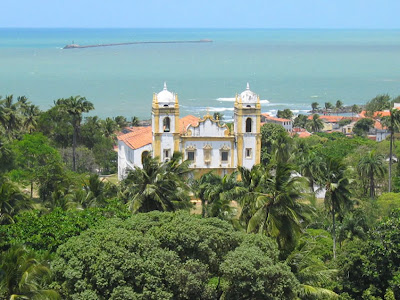·
Las Posadas,- An Hispanic Christamas
Celebration, Diane
Hoyt-Goldsmith, Cultural, Photodocumentary.
·
The
author has done many similar books about specific cultural celebrations.
·
The book is about
a tradition in New Mexico, but takes place in a small town, Española, very near where I was grew up.
·
Some talk topics:
o
The
story focuses on one girl, Kristen, who is from a small town bordering on
Española. Her family is highly involved in tradition and the local church, so
we get to see every aspect of Las Posadas in the community.
o
The
book tells the history Las Posadas in México and the Hispanic Southwest.
o
The
pjotos bring the family and their acitvities to life.
o
Las
Posadas are celebrated each of the nine nights before Christmas. This community
differs slightly from the traditions of México, and even from my small
community just 30 miles away.
o
The
tradition involves all of the generations of the community as they re-enact the
nativity story of Joseph and Mary looking for shelter in Bethlehem.
o
Traditional
songs are sung and lots of wonderful food is shared.
o
If
students don’t know about this distinctive local tradition it would be
important to share it. And, if there were children in the class who did
celebrate Las Posadas it would be interesting to compare regional differences
in the celebration.
o
The
glossary and photographs make any specialized vocabulary more accessible. I
would share this book with grades k-5, depending on whether I used it for a
read-aloud, group experience, or as independent reading material.
Images taken 4/23/2013 from-


















